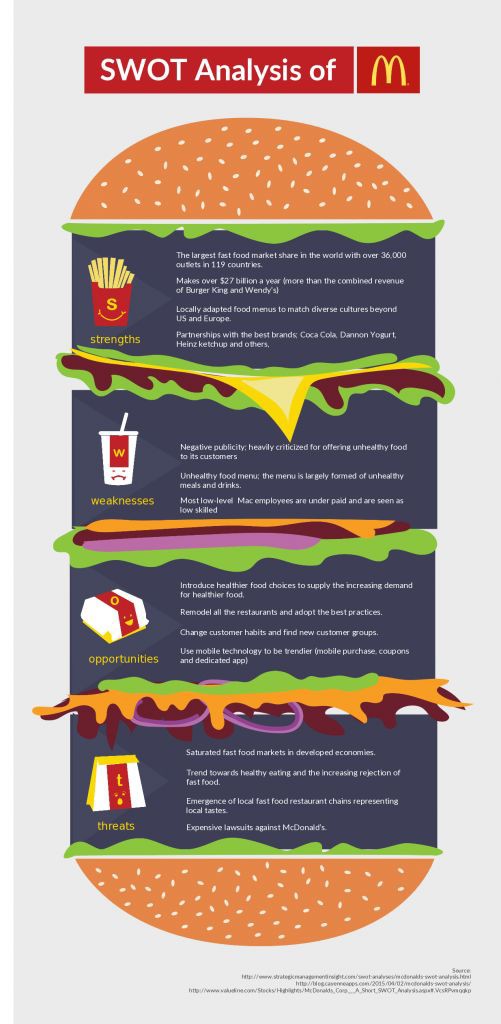SWOT analysis is a simple, yet powerful tool for identifying and analyzing an organization’s internal and external factors. The internal factors include the strengths and weaknesses of the organization, while the external factors include the opportunities and threats facing the organization. By identifying these factors, organizations can develop a strategy that leverages their strengths, addresses their weaknesses, takes advantage of opportunities, and protects against threats.
Why Use SWOT Analysis?
SWOT analysis is a useful tool for organizations of all sizes and in all industries. It provides a comprehensive view of an organization’s situation and allows organizations to develop a strategic plan that is based on their unique strengths, weaknesses, opportunities, and threats. By using SWOT analysis, organizations can identify areas for improvement, develop strategies for growth, and make better decisions.
Conducting a SWOT Analysis
Conducting a SWOT analysis is a simple process that can be done by individuals or teams. The first step is to identify the internal factors, including strengths and weaknesses. Strengths are the things that the organization does well, while weaknesses are areas for improvement. The second step is to identify the external factors, including opportunities and threats. Opportunities are the things that the organization can capitalize on, while threats are the things that could harm the organization.
Interpreting the Results of a SWOT Analysis
Once the SWOT analysis is complete, it is time to interpret the results. The strengths and weaknesses of the organization provide insight into the internal factors that affect its performance. The opportunities and threats provide insight into the external factors that affect its performance. By combining these two sets of factors, organizations can develop a comprehensive view of their situation and make informed decisions about their future.
Strengths in a SWOT Analysis
Strengths are the things that an organization does well. They are the internal factors that provide the organization with a competitive advantage. Common strengths include a strong brand, a talented workforce, and a solid reputation. By identifying their strengths, organizations can focus on these areas and build upon them to achieve their goals.
Weaknesses in a SWOT Analysis
Weaknesses are the areas in which an organization needs to improve. They are the internal factors that hinder the organization’s performance. Common weaknesses include a lack of resources, outdated technology, and poor communication. By identifying their weaknesses, organizations can focus on these areas and develop strategies to improve.
Opportunities in a SWOT Analysis
Opportunities are the things that an organization can capitalize on. They are the external factors that provide the organization with the potential for growth and success. Common opportunities include new market trends, emerging technologies, and favorable economic conditions. By identifying their opportunities, organizations can focus on these areas and develop strategies to take advantage of them.
Threats in a SWOT Analysis
Threats are the things that could harm an organization. They are the external factors that pose a risk to the organization’s success. Common threats include economic downturns, changes in regulations, and increased competition. By identifying their threats, organizations can focus on these areas and develop strategies to mitigate them.
You might find these FREE courses useful:
Conclusion
In conclusion, SWOT analysis is a powerful tool that provides organizations with a comprehensive view of their internal and external factors.


